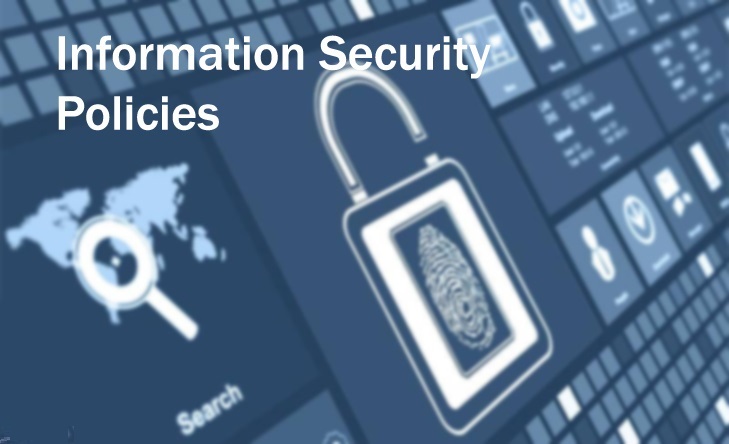In the ever-evolving landscape of information technology, organizations must prioritize the establishment of comprehensive IT policies to safeguard their digital assets and ensure smooth operations. Crafting a robust IT policy involves addressing various aspects, including security measures, data protection, and acceptable use of technology within the organization. To streamline this process, many businesses turn to IT policy templates and security policy templates. In this blog post, we will explore the significance of these templates and provide insights into creating effective policies for your organization.
The Importance of IT Policies
IT policies serve as a foundation for governing the use of technology resources within an organization. They establish guidelines and rules that help mitigate risks, enhance operational efficiency, and ensure compliance with industry standards and regulations. Key benefits of having well-defined IT policies include:

Security Enhancement: A robust IT policy, especially one focused on security, helps in safeguarding sensitive information and protecting the organization from cyber threats. It outlines preventive measures, response protocols, and establishes a framework for continuous improvement.
Regulatory Compliance: Many industries are subject to specific regulations governing the handling and protection of sensitive data. IT policies are essential in ensuring that organizations adhere to these regulations, avoiding legal consequences and financial penalties.
Resource Optimization: Clear IT policies enable organizations to optimize their technology resources by defining acceptable use and outlining guidelines for resource allocation. This ensures that technology is used efficiently, contributing to overall productivity.
Risk Mitigation: IT policies play a crucial role in identifying and mitigating potential risks associated with technology usage. This proactive approach helps organizations avoid costly disruptions and reputational damage.
IT Policy Templates
Creating IT policies from scratch can be a daunting task, especially for organizations without dedicated legal or IT staff. IT policy templates provide a starting point, offering pre-drafted documents that can be customized to fit the specific needs of an organization. Common IT policy templates include:
Acceptable Use Policy (AUP): This policy outlines the acceptable ways in which technology and network resources can be utilized within the organization. It covers topics such as internet usage, software installations, and appropriate conduct.
Data Protection Policy: Focused on safeguarding sensitive information, this policy addresses the collection, storage, and sharing of data within the organization. It often includes provisions for encryption, data access controls, and data breach response.
Password Policy: A critical aspect of cybersecurity, this policy establishes guidelines for creating and managing passwords to ensure the security of accounts and sensitive information.

Security Policy Templates
Security policy templates specifically address measures to protect an organization’s digital assets and infrastructure from unauthorized access, data breaches, and other cyber threats. Key security policy templates include:
Network Security Policy: Outlining measures to secure the organization’s network infrastructure, this policy covers aspects such as firewalls, intrusion detection systems, and secure wireless access.
Incident Response Policy: This policy provides a framework for responding to security incidents, including the reporting process, analysis of incidents, and steps to mitigate potential damage Physical Security Policy: While often overlooked, physical security is integral to overall IT security. This policy addresses measures to protect physical access points to IT infrastructure, such as server rooms and data centers.
